Home » Our Business Fields » Monitoring Tools
In the digital era, uninterrupted system performance is critical. Our tools deliver Continuous health & performance monitoring Instant incident detection & alerting Predictive analysis to prevent downtime Better resource utilization & cost optimization Enhanced cybersecurity and compliance
Monitoring tools empower organizations with real-time visibility, advanced analytics, and automated alerts to ensure peak IT system performance. At Loons Group W.L.L., Qatar, we provide cutting-edge monitoring solutions that safeguard infrastructure uptime, enhance cybersecurity posture, and improve operational efficiency across diverse environments.
Whether your ecosystem operates on-premises, across hybrid networks, or in cloud environments, our monitoring platforms proactively detect issues before they impact business operations ensuring maximum reliability and service availability.

Infrastructure monitoring tools track the health, availability, and performance of physical and virtual infrastructure components such as servers, storage devices, networks, and hardware. These tools help ensure that critical infrastructure remains operational and identifies potential failures or inefficiencies.

Network monitoring tools track the performance and health of an organization’s network infrastructure, including routers, switches, and firewalls. These tools monitor traffic flow, latency, bandwidth usage, and detect network issues like congestion or security breaches.

APM tools are used to monitor and optimize the performance of applications, especially in production environments. These tools track application response times, error rates, user interactions, and overall health to identify and resolve performance bottlenecks.

Server monitoring tools track the performance, availability, and health of servers (both physical and virtual). These tools monitor CPU usage, memory consumption, disk space, and network activity to ensure that servers are operating efficiently

Database monitoring tools track the performance and health of databases, ensuring optimal query performance, fast data retrieval, and high availability. They help in monitoring database response times, resource utilization, and transaction rates.

Security monitoring tools track and monitor an organization’s IT environment for potential security incidents, such as data breaches, malware infections, or unauthorized access. These tools often provide threat detection, intrusion prevention, and security event logging.

Cloud monitoring tools are used to track the performance, health, and security of cloud environments, including services and applications hosted in the cloud. These tools monitor resource usage, availability, and cost management in platforms like AWS, Azure, or Google Cloud.

UX monitoring tools measure and analyze user behavior and interactions with websites or applications. These tools help identify areas for improvement in user experience, such as load times, accessibility, and usability.

These tools collect, manage, and analyze log data from various sources (servers, applications, security systems). They help detect anomalies, troubleshoot issues, and ensure compliance.

Real-time monitoring tools provide immediate feedback on system performance and health, allowing businesses to respond to issues as they occur. These tools are critical for maintaining uptime and providing rapid incident response.

Synthetic monitoring tools simulate user interactions with websites or applications to test performance, availability, and functionality from different geographic locations. These tools proactively identify potential issues before real users are impacted.

BI monitoring tools track and analyze business data to provide insights into operations, performance metrics, and decision-making. These tools help in monitoring key performance indicators (KPIs), sales trends, and other business-critical data.
Ready to secure your digital infrastructure? Get in touch with our experts for a customized solution.

Get the latest cybersecurity news, threat intelligence, and best practices delivered to your inbox.